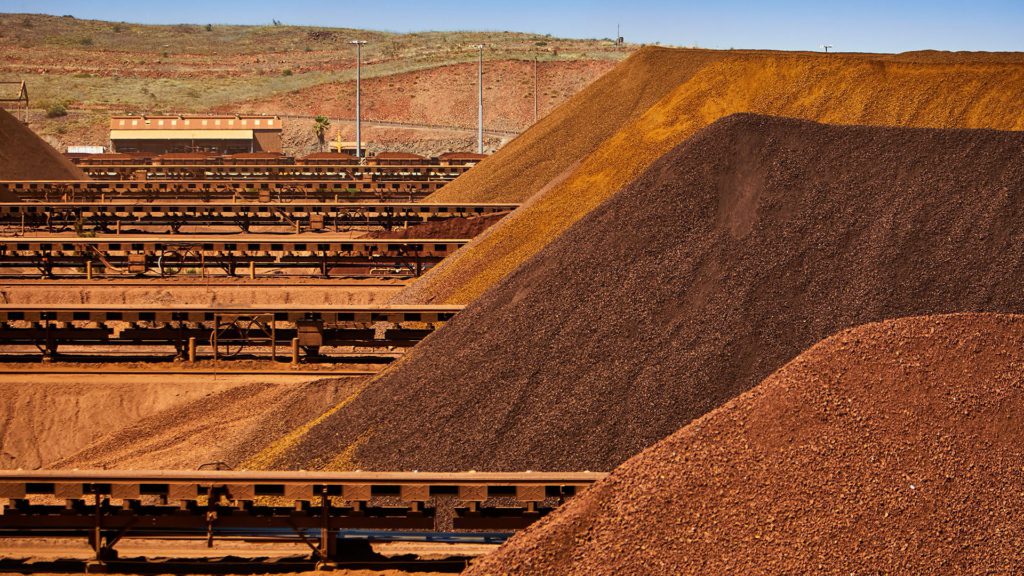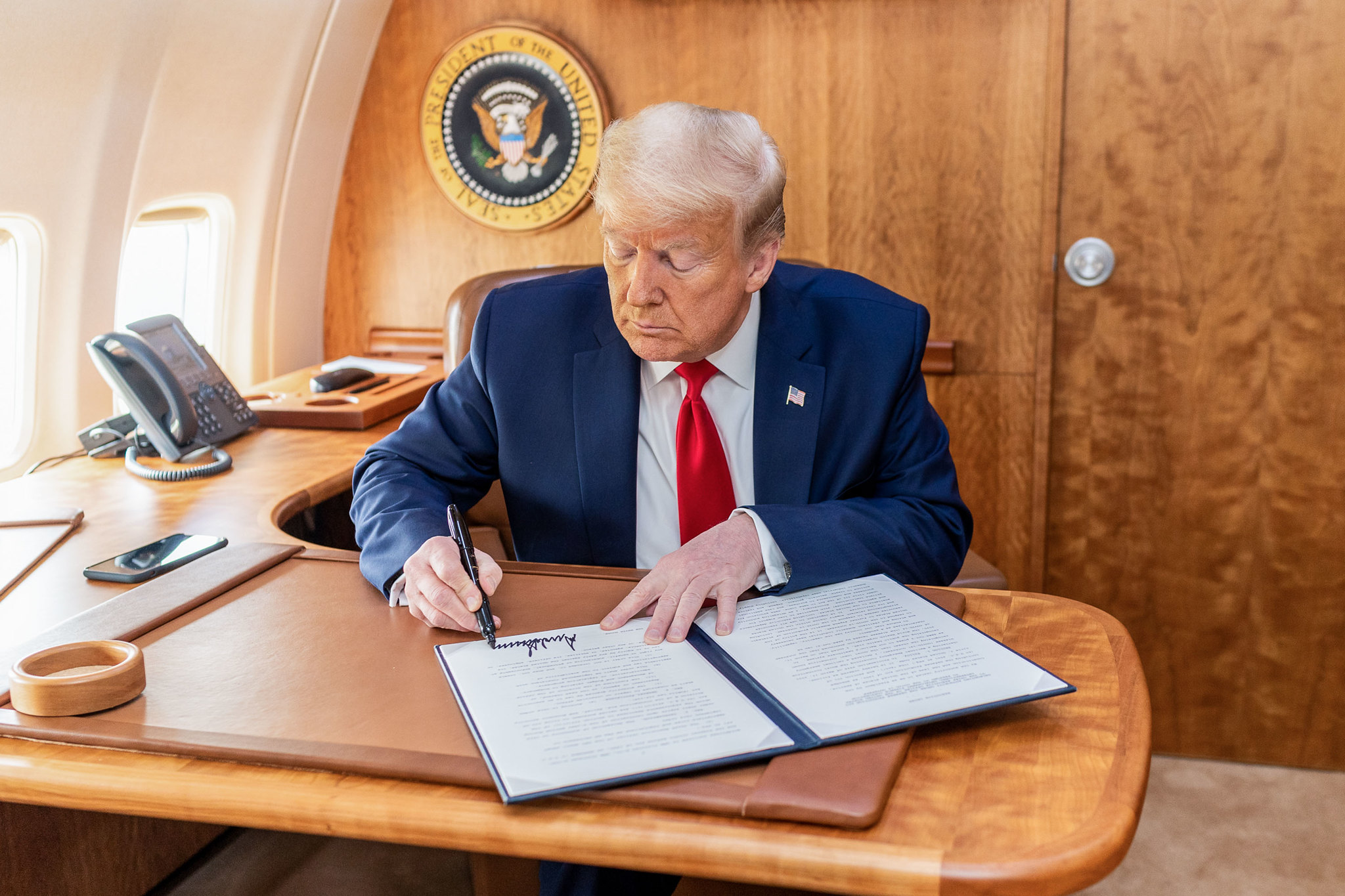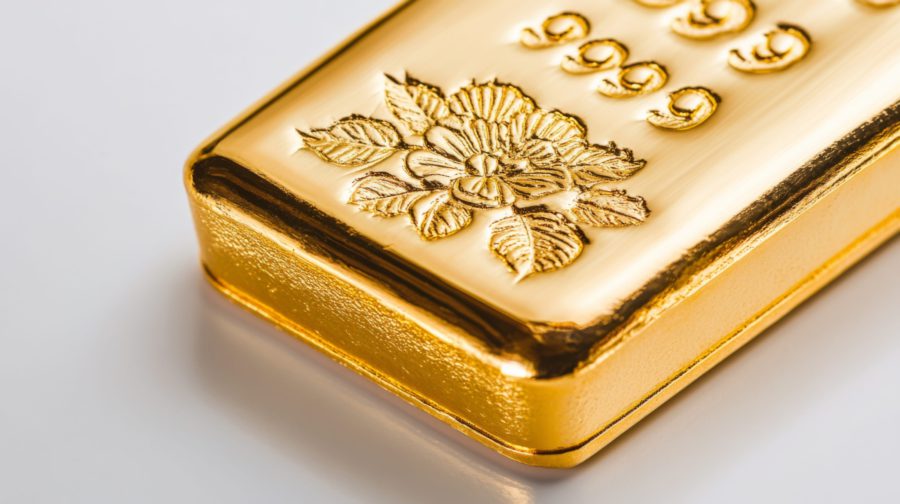Rio Tinto sees stimulus boost in China to drive gradual recovery for iron ore demand

Rio Tinto Group, the world’s top iron ore exporter, sees increased stimulus measures in China driving the broader economy into a gradual recovery this year.
China’s economy started to show signs of stabilizing early in the fourth quarter as increased spending on infrastructure and manufacturing helped offset prolonged weakness in the beleaguered property sector, Rio said in a statement Tuesday. Recovery in 2024 will be weighted toward the second half, with the real estate sector remaining weak, it said.
While prices of iron ore closed 2023 about 20% higher, they’ve lost about 8% so far this year amid lingering concerns about lackluster Chinese demand as well as the nation’s struggling property sector. The biggest metals-consuming nation’s disappointing post-pandemic recovery has put downward pressure on steel demand and iron ore prices.
“There is good demand for the materials we produce, and our purpose and long-term strategy make more sense than ever,” chief executive officer Jakob Stausholm said in the statement.
Iron ore futures were 0.8% lower to $126.45 a ton in Singapore as of 1:22 p.m. Futures in Dalian and Shanghai retreated.
The company’s output of iron ore for the three months to Dec. 31 fell 2% to 87.5 million tons, Rio said in the statement. Bauxite production rose 15%, aluminum was up 8%, and mined copper grew 5%, it said.
Rio needs to invest just to sustain its current level of production, particularly as it expects urbanization in India and across parts of Asia to drive additional growth. Though the company forecasts China — home to the world’s largest steel industry — will soon hit a peak in consumption, the producer expects global iron ore demand will rise almost a quarter by 2050.
The miner reaffirmed previous guidance on iron ore shipments and metals output in 2024. The company expects to export between 323 million tons to 338 million tons of iron ore this year, after it shipped 331.8 million tons in 2023. Copper production is seen climbing to land within a range of 660,000 to 720,000 tons, up from 620,000 tons last year.
For 2023, Rio produced 331.5 million tons of iron ore, up 2% from the previous year. Bauxite production was flat for the period, while output of aluminum rose 9% and mined copper edged up 2%.
Rio’s majority-owned Dampier Salt Ltd. has entered into a sales agreement for the Lake MacLeod salt and gypsum operation in Western Australia with privately owned salt company Leichhardt Industrials Group for $251 million, it said in the statement.
The producer will spend $70 million to increase production at Gudai-Darri, its newest mine in Western Australia’s Pilbara region, Simon Trott, the company’s iron ore chief executive officer, said in October. It is also advancing work on future options including development of the giant Rhodes Ridge project, which could offer 100 million tons of capacity, he said.
The company last month announced it will spend around $6.2 billion on development of the vast Simandou iron ore deposit in Guinea, a marathon project that aims to deliver high-quality material for steelmakers seeking to curb emissions. First production from its joint venture Simfer mine is on track to kick off in 2025 — faster than most analysts had forecast — with output expected to ramp up over the following 30 months to an annualized capacity of 60 million tons per year.
(By Jason Scott and Sybilla Gross)
More News
Trump planning to stockpile deep-sea minerals to counter China: FT
April 13, 2025 | 07:56 am
Goldman Sachs upgrades gold forecast again to $3,700
April 12, 2025 | 08:05 pm
{{ commodity.name }}
{{ post.title }}
{{ post.date }}




Comments